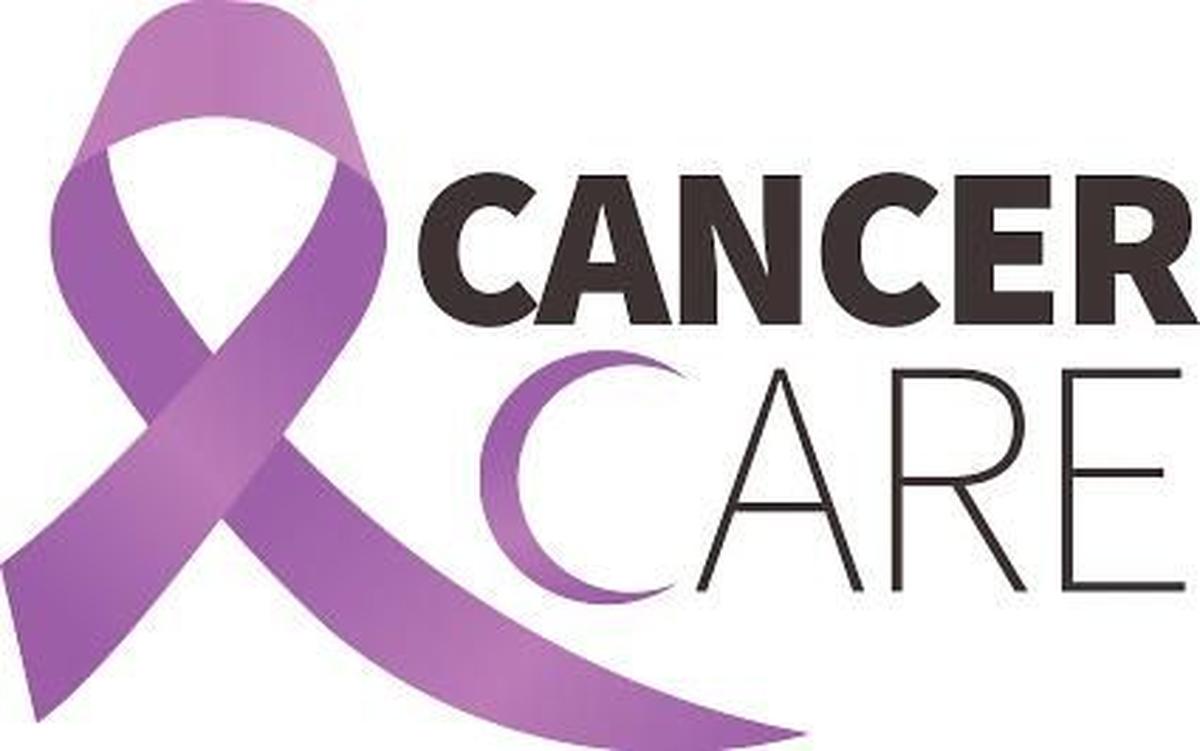Cancer treatment and follow-up is not a sprint, it is usually a marathon; it can be physically and psychologically taxing for patients, caregivers and healthcare professionals. Psycho-oncology is nurturing the patient and their family holistically, and ensuring every concern is heard in a compassionate and patient-centred approach
The word psycho-oncology underlines the strong connection between the brain (mind/mood) and the body. This branch acknowledges how a cancer diagnosis affects not only the body, but also the mind and soul of the patient and has a profound impact on the family. In this discipline, the psychological, social, economic and behavioural challenges faced by patients and their families are addressed. This form of support is as essential as medical treatment itself. “Psycho-oncology is the only branch that treats the patient and the family’s psycho-social, emotional and mental health,” says Kalpana Balakrishnan, CEO and Medical Director, Cancer Institute (WIA), Adyar.
The evolution of psycho-oncology
Until the mid-20th century, the primary effort of the oncology discipline was to save human lives and increase the number of survivals. However, the aspect of quality of lifegained prominence, when cancer survivors raised concerns about their feelings of helplessness and their lack of ability to return to their new normalcy. This sparked the movement of psychosocial care for cancer patients and their families in the 1970s. Psycho-oncology addresses a wide range of hurdles in cancer care; commencing from diagnosis acceptance, treatment adherence, fear of recurrence, body image concerns, psychosocial distress (encompasses depression and anxiety), fatigue, trouble in returning to work or education, helping with tobacco cessation, apprehensions in interpersonal and marital relationships during and post treatment and feelings related to sexuality. Other significant concerns that have also emerged are the prolonged duration of treatment and financial toxicity (out-of-pocket expenditures) of cancer care.
Today, distress is recognised as the sixth vital sign, and psycho-oncology is an established sub-specialty of oncology, which offers need-based, customised psychosocial interventions. Specific psychological interventions like psycho-education, cognitive therapies, systematic desensitisation, autogenic and progressive muscle relaxations, and need-based eclectic approaches are offered by trained professionals.Mahalakshmi R. Shetty, ENT specialist, adds that psycho-oncology treatment also reinforces basic self-care: drinking adequate water, adherence to good sleep and circadian rhythms, ensuring diet is nutritious and staying physically active. Positive coping mechanisms are also encouraged in the form of gardening, art therapy, music therapy etc., to help patients destress and offer them solace.
In addition to individual therapies, psycho-oncologists also offer specialised support group therapies.
Sundaramoorthy Chidambaram, assistant professor, psycho-oncology, states, “We are pioneers in organising support groups for patients, the SMILE paediatric cancer support group and the Dr. Muthulakshmi Reddy Women Cancer Support Group, which were established two decades ago.” In addition, other focussed groups for ostomy patients, throat cancer survivors (laryngectomy patients) who do not have their natural voice boxes, and for those undergoing chemo-radiation therapy and tobacco-free association meetings for tobacco users, exist.

When psycho-oncology becomes crucial
Distress can set in at any stage during the cancer continuum, from pre-diagnosis to survivorship or the end-of-life phase. Psycho-oncologists are crucial during the time a cancer diagnosis is revealed (breaking the bad news). “Psycho-oncology professionals play a pivotal role in managing the anticipatory fear, regarding the nature of treatment and side-effects. This enables the patients to make informed, treatment-related decisions and face their treatment with mental strength” says Revathy Sudhakar, assistant professor, psycho-oncology.
Patients are provided with relaxation technique guidelines to handle anxiety and fear before and during the course of the procedure. The effect of cortisol (our stress hormone) on tumour growth has been well established. Paying attention to the mind, and alleviating symptoms of stress has both tangible and intangible benefits and should not be ignored. Arvind Krishnamurthy, Head, Surgical Oncology, adds: “When cancer surgeries and treatments are highly intense, it becomes quite challenging to prepare the patient. Psycho-oncologists help us a great deal in counselling patients pre-treatment, more specifically in body image altering surgical procedures like mastectomy, amputation and head & neck surgeries.” Vidhya Gopalakrishnan, psycho-oncologist adds: “Caregivers also experience significant psychosocial distress, and they too require professional psychosocial help. This becomes important, because they often restrict themselves from an emotional breakdown in front of the patients.”
Divya Rajprabhakar, psychologist, states that the role of psycho-oncology actually begins from the point of cancer prevention. Professionals reach out to communities to screen and identify tobacco users and provide structured interventions to assist them in breaking unhealthy habits. Studies report that only 3% of tobacco users are able to successfully quit tobacco usage on their own. Professional guidance with persistent efforts by the Tobacco Cessation Clinic at the Cancer Institute (WIA) has helped many manage their cravings and sustain their ‘quit’ status. “While the diagnosis of cancer instils a sense of fear and acts as an enabler for quitting tobacco, and a majority quit immediately, a few still struggle and need professional support,” adds Deepika Sankar, psychologist.
Growth of the discipline and future
Psycho-oncology is a strong, emerging discipline, altering lifestyles and providing psychosocial interventions to improve coping among patients and caregivers. Divya Rajkumar, psycho-oncologist, highlights that the discipline has grown extensively, and now has dedicated sub-specialised tracks including paediatric psycho-oncology, survivors psycho-oncology, adolescence and young adult (AYA) psycho-oncology, palliative and end-of-life psycho-oncology. “The availability of psycho-oncology services from diagnosis to treatment completion and the bereavement phase in the paediatric setting is very helpful and is now considered an integral part of primary paediatric cancer care,” states Venkatraman Radhakrishnan, Head, Medical Oncology.

Thus far, there are more than 100 trained psycho-oncology professionals in the country, of which a majority were trained at the Cancer Institute (WIA), with the institute being the first in the country to initiate an MPhil psycho-oncology programme. In order to provide holistic cancer care for every patient and their family, it is critical that we routinely monitor and assess patients and their caregivers’ psychosocial distress and burden.
Cancer treatment and follow-up is not a sprint, it is usually a marathon; it can be physically and psychologically taxing for patients, caregivers and healthcare professionals. Psycho-social issues in cancer care are unique to the nature of disease and treatment. There is a strong need to increase specialised training for psycho-oncologists, counsellors and social workers in our country. Psycho-oncology is about nurturing the whole person and ensuring compassionate, patient-centred cancer care.
(Surendran Veeraiah, is Professor & Head, Department of Psycho-oncology and RCTC, Cancer Institute,WIA. Email: v.surendran@cancerinstitutewia.org)
Published – May 01, 2025 11:35 pm IST





























